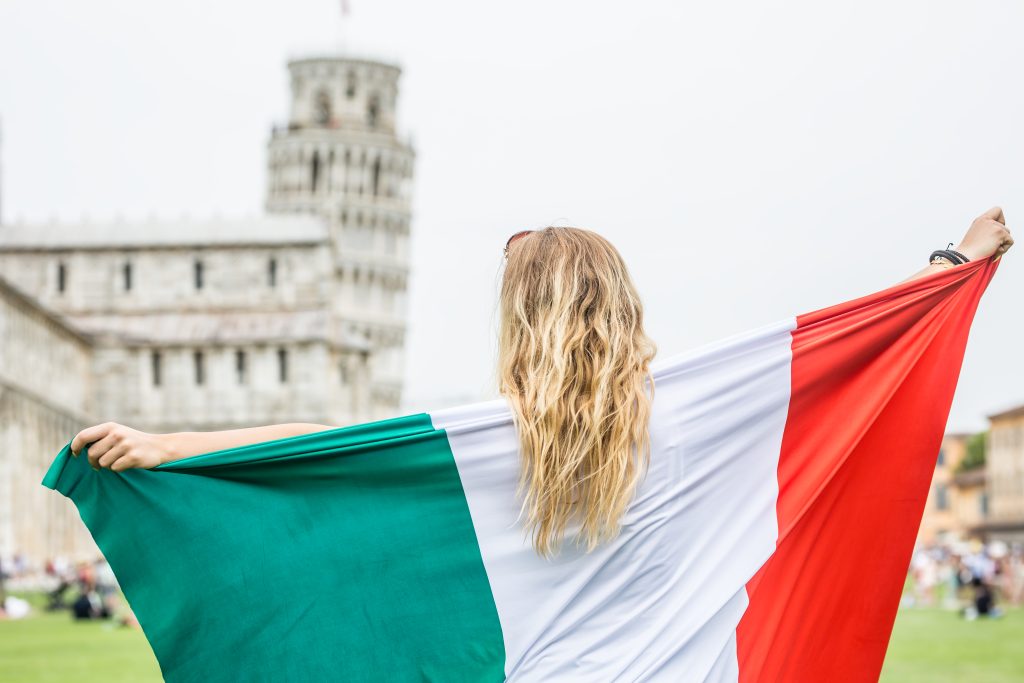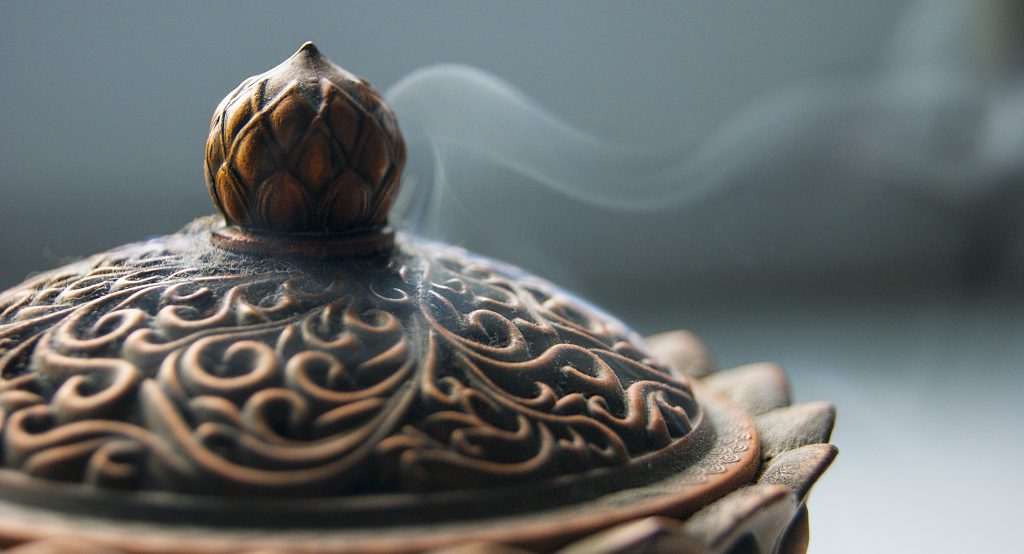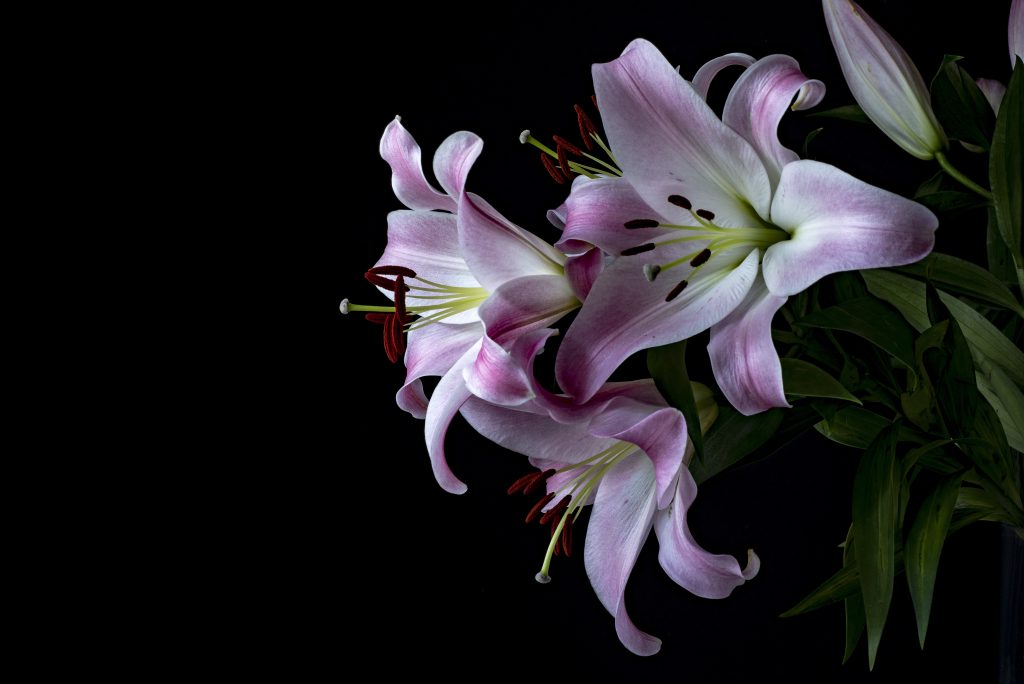In a world where culinary trends often come and go, the enduring charm of classic flavors remains unmatched. These flavors are not merely remnants of the past; they are timeless elements that transcend genres, challenge clichés, and stand resilient out of time. Whether in desserts, main courses, or beverages, classic flavors evoke nostalgia while continuously inspiring new generations. This article explores the significance of classic flavors in contemporary cuisine and why they continue to hold a special place in our hearts.
The Essence of Classic Flavors in Culinary History
Throughout history, certain flavors have become synonymous with comfort, tradition, and authenticity. These classic aromas often originate from regional ingredients or age-old recipes passed down through generations. For example, vanilla in desserts or garlic in savory dishes exemplify how simple ingredients can create complex and memorable tastes.
Why Classic Flavors Are Out of Genre Boundaries
One remarkable aspect of classic flavors is their ability to cross genre boundaries effortlessly. For instance, the flavor profile of cinnamon can be found in both sweet pastries and spicy savory dishes. This versatility demonstrates how classic aromas are inherently adaptable.
Furthermore, these flavors often serve as a bridge between different cuisines. A touch of basil or oregano can elevate Italian pasta while also complementing Middle Eastern stews. Because they are rooted in fundamental taste profiles — sweet, sour, salty, bitter, umami — they naturally fit into various culinary contexts.
This genre-crossing nature ensures that classic flavors remain relevant regardless of changing food trends. Chefs leverage this flexibility to create innovative dishes that still pay homage to traditional tastes.
Challenging Clichés Through Timeless Flavors
Many culinary clichés stem from overused flavor combinations or predictable pairings. However, classic aromas challenge these clichés by offering depth and complexity that can surprise even seasoned palates.
For example, pairing chocolate with chili might seem cliché at first glance but reveals a sophisticated interplay when executed thoughtfully. Similarly, the use of lemon zest in seafood dishes elevates the flavor profile beyond simple seasoning.
By embracing classic flavors thoughtfully, chefs can break free from clichés and craft dishes that feel both familiar and novel. This approach underscores how timeless tastes serve as a canvas for creativity rather than limitations.
Out of Time: The Enduring Relevance of Classic Flavors
Despite the rapid evolution of culinary trends driven by social media and global influences, classic aromas remain out of time because they embody universal appeal. They evoke memories and emotions that transcend cultural boundaries.
For instance, the aroma of freshly baked bread or the sweetness of caramel instantly transports individuals back to childhood or family gatherings. These sensory experiences highlight why classic flavors are so resilient — they resonate on a deeply personal level.
Moreover, many chefs emphasize sustainability by returning to traditional ingredients and methods associated with classic aromas. This focus on authenticity not only preserves culinary heritage but also promotes mindful eating practices aligned with modern values.
Incorporating Classic Flavors into Modern Cuisine
Integrating classic flavors into contemporary dishes requires a delicate balance between tradition and innovation. Chefs often experiment with presentation styles or combine multiple traditional elements to create fresh experiences.
For example:
Reinventing a lemon tart with unexpected herbs like thyme or basil adds complexity.
Using smoked paprika — a spice rooted in traditional Spanish cuisine — in modern fusion dishes introduces depth.
Pairing aged cheeses with seasonal fruits creates sophisticated flavor combinations rooted in tradition but presented innovatively.
Additionally, home cooks can incorporate classic aromas into everyday meals by exploring regional recipes or experimenting with familiar ingredients in new ways. This practice helps keep these timeless tastes alive amid evolving food landscapes.
The Role of Classic Flavors in Food Culture Today
In today’s diverse culinary environment, classic aromas serve as cultural touchstones that connect us to our heritage while fostering appreciation for global cuisines. They act as common language among chefs worldwide who seek to preserve authenticity amid innovation.
Furthermore, food festivals and culinary education programs increasingly emphasize understanding these foundational tastes. Such initiatives ensure that future generations recognize the importance of maintaining these timeless elements within their creative pursuits.
Finally, consumers’ growing interest in artisanal products — such as handcrafted chocolates or locally sourced herbs — further underscores the value placed on authentic classic flavors that stand out from mass-produced alternatives.
Conclusion: Celebrating Timeless Tastes
Classic flavors are more than just taste profiles; they are symbols of cultural identity and culinary continuity. Their ability to transcend genres and challenge clichés makes them invaluable assets for chefs seeking both innovation and authenticity. Out of time yet ever-present, these flavors continue to inspire creativity while providing comfort across generations.
As we move forward into an increasingly fast-paced food world, embracing classic flavors reminds us to cherish simplicity and tradition amidst change. Whether through a simple vanilla bean ice cream or an elaborate spice blend rooted in history, these timeless tastes will always have a place at our tables — outlasting trends and outliving clichés alike.
In summary, understanding the significance of classic flavors enriches our appreciation for food’s cultural depth and creative potential. They remind us that some tastes are truly universal — timeless treasures worth celebrating now and always.












